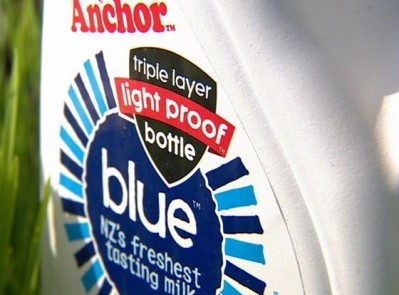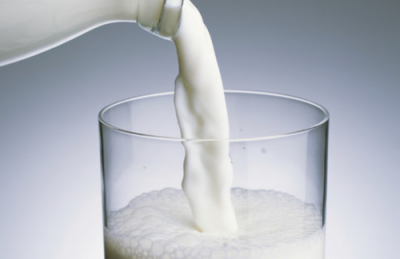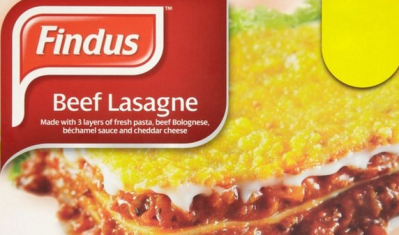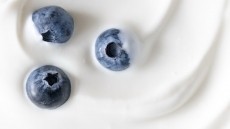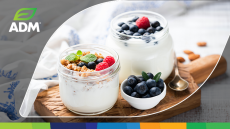DAIRYREPORTER.COM SPECIAL: DAIRY PRODUCT QUALITY TESTING
Leader of the pack: Innovations to boost dairy product quality and safety
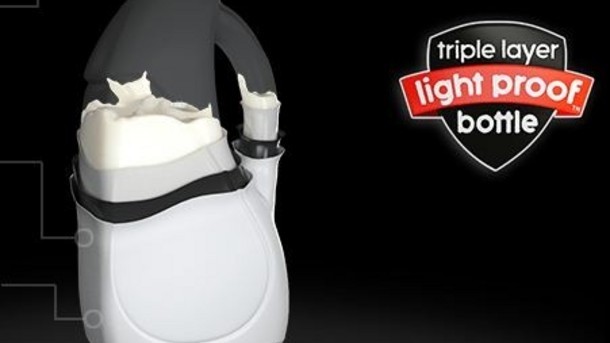
Mintel senior global packaging analyst Benjamin Punchard told DairyReporter.com the technology for on-pack time temperature indication (TTI) had been around for some time, but that its high cost was a barrier to uptake, meaning that it was used at pallet level but not really on individual packs.
There were a number of reasons why we may not see this innovation at individual product level for some time, Punchard added.
“Firstly there is the impact on cost. Not just of the indicator itself but also of applying the indicator. For it to work then it needs to be 'activated' when the product is first packed - so sticking this on and activating it is going to affect filling lines and most probably negatively affect filling speeds,” he said.
Secondly, Punchard warned that TTI technology could disrupt shelf life management in store, since some consumers already looked for the product with the longest time before the best before date and left 'older' products on shelves.
“If there was an indicator on pack, then you could have the case of consumers always taking the very fresh product and leaving anything else on the shelf. And consumers may be reluctant to purchase anything if the indicator suggests that a product is some way through its useful life,” he said.
Active packaging holds ‘great potential’
Brands could avoid this issue by installing an indicator that the consumer activates once they open the pack, to show how much longer a given product was good for, Punchard said.
“[But] I'm not aware of any studies that show how consumers actually respond to having this information and so without that it's difficult to really know how consumers will react,” he added.
How important did Punchard believe active packaging (say, polymers impregnated with enzymes: in one instance lactase was added to milk container walls to remove lactose from milk, while antimicrobials have been used remove mold from cheese) was becoming in the dairy/food space?
Active packaging was “an interesting area with great potential”, Punchard said, adding that its greatest benefit was likely to be in moving preservative action away from adding preservatives to food (which consumers dislike) to adding them into packaging, not necessarily increasing shelf life.
“This can help brands move towards 'clean labelling', where the focus is on removing ingredients from the on-pack ingredient list that the consumer is unfamiliar with, or appears unnatural etc.,” he said.
But Punchard warned that active packaging with antimicrobials may not suit some dairy categories, given the quantity of ‘live products’ such as cheese, yoghurt, probiotics and other cultured products.
Extended shelf life (ESL) milk hits mainstream
Discussing material innovations to improve product quality and safety, Punchard said these could help extend dairy product shelf life, but usually worked in tandem with a processing method, such as filtering or UHT treatment.
One obvious development was extended shelf life (ESL) milk, he said, “which used to be a high-value added for Cravendale in the UK, but now we're seeing equivalents being launched by private label”.
These longer shelf life fresh milks needed to eliminate light, Punchard added, which had led to the introduction of opaque bottles (such as Fonterra’s new triple-layer, light-proof milk bottle) instead of standard, translucent HDPE bottles.
“Adding a central layer of carbon black [used by Fonterra] is not a new innovation in dairy bottles and has been used for some time for the packaging of UHT milk...So the use of these bottles may seem new here, but they have been used on the continent [mainland Europe] for some time,” he said.
